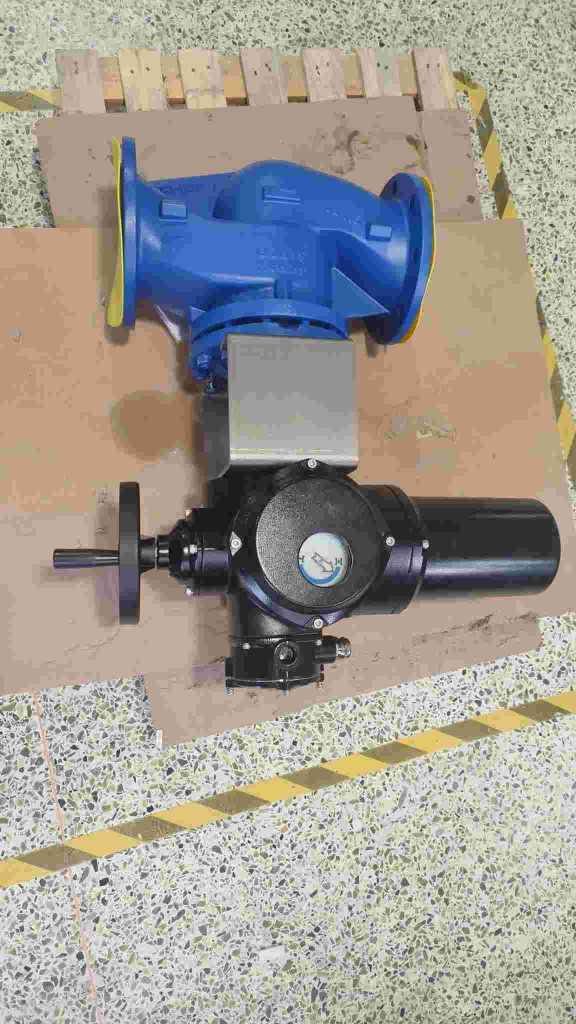The growing interest in hydrogen energy as a clean and sustainable source of power has spurred advancements in hydrogen storage, transportation, and usage technologies. Among these, one crucial component that ensures the safe and efficient operation of hydrogen systems is theHydrogen Energy Electric Shut-Off Valve. This valve plays an essential role in preventing leaks, regulating pressure, and enabling emergency shutdowns in hydrogen-based systems, making it a cornerstone in the development of safe hydrogen infrastructure. In this article, we will explore the function, importance, and technological advancements of the hydrogen energy electric shut-off valve.

The Role of the Hydrogen Energy Electric Shut-Off Valve

A hydrogen energy electric shut-off valve is an automated valve designed to control the flow of hydrogen within a system. It operates through an electric actuator that responds to signals from control systems to either open or close the valve, depending on the required operation. These valves are primarily used in hydrogen storage, distribution pipelines, fuel cells, and hydrogen refueling stations, where hydrogen is highly pressurized and can be volatile under certain conditions. The main function of the shut-off valve is to ensure that hydrogen flows only when needed and to stop it immediately when required, especially in emergency scenarios. In the event of a leak, fire, or system malfunction, the valve provides an automatic shutdown feature, which prevents further damage and mitigates potential risks associated with hydrogen’s flammability and high reactivity.

Leave a Reply